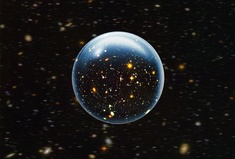
Some "Eurekas" of Mathematics - Part Eight
First published: Wednesday September 14th, 2022
Report this blog
Spherical, Hyperbolic, & Euclidean Geometries
Those of you that have been loyal to this series (I may be speaking to no one when I say that...) will recall each of these terms. To recall the details, see Part Two of this series. What the difference boils down to is that each geometry can be interpreted on surfaces of varying curvature. And in each of these spaces, different properties hold, some of which were mentioned in the aforementioned blog.
The goal of this blog is to build on that idea and explore what curvature can be found in our the universe. That is to say, what geometry describes the shape of the universe?
Flat?
Is the universe flat? When we say this, we are really asking whether the universe has zero curvature. This can look like the Euclidean plane, which is what we normally think of in regards to zero curvature. But, this could also include other 'shapes' which are finite in extent. An example of this is the 3-torus.
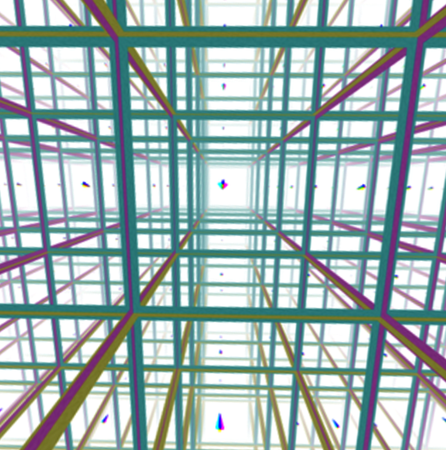

Spherical?
The other option is that the universe is spherical, or elliptic. When we say this, similarly to above, we mean that the universe has positive curvature. As the word spherical suggests, one potential shape we could use to picture how things work in elliptic space would be a sphere.
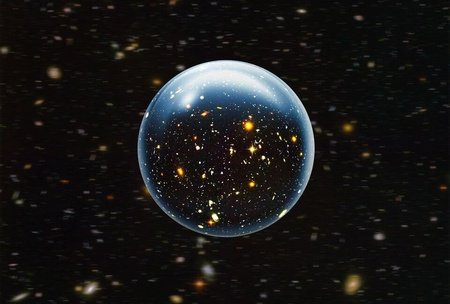
Hyperbolic?
Our third option is the the universe is hyperbolic. This corresponds to a space of negative curvature. One proposed hyperbolic model for our universe's shape is the Picard Horn, pictured below.

Which one?!
So which of the three options is it? Does our universe take on the shape and geometry of what we're most used to: Euclidean? This is where the sum of the angles of triangles adds up to 180 degrees and only one line can be drawn through a given point to be made parallel to another line. But as natural as this seems for us, the Earth doesn't even follow these geometric properties. We live on a sphere (sorry flat Earthers) where the interior angles of triangles add up to always be greater than 180 degrees and parallel lines don't even exist. So maybe it would make sense for the universe to be elliptical, right? But take a look at a black hole. These babies appear to be hyperbolic (see photo on left) when we think of them in the traditional black hole sense, though this isn't really how they look (see photo on right).
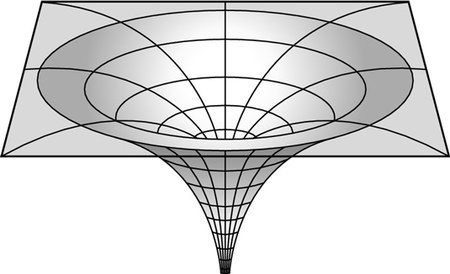
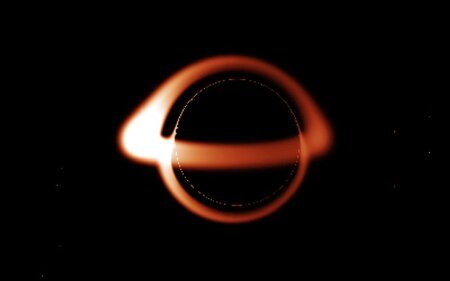
Scientists have been trying to determine the curvature of the universe by estimations and topological arguments, but the question still remains largely unanswered. Recent research has shown however that the cosmological curvature parameter is an estimated 0.0007±0.0019. This would support claims for a "flat" universe, though remember that we mean flat topologically (which could include the 3-torus from above).
So what's the shape of the universe? A lot of scientists will tell you that research seems to point towards a universe of curvature 0, though we still can't know for certain...

But it can still have "shape" regardless of whether it's finite or infinite.
You could think of the difference between an infinitely (never ending in any direction) large pringle and an infinitely large flat piece of paper. Each is infinite, but they have different curvature/shape.
Great blog tho